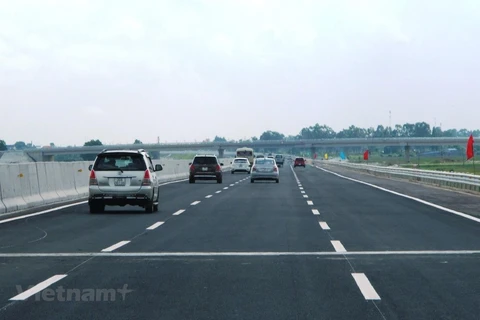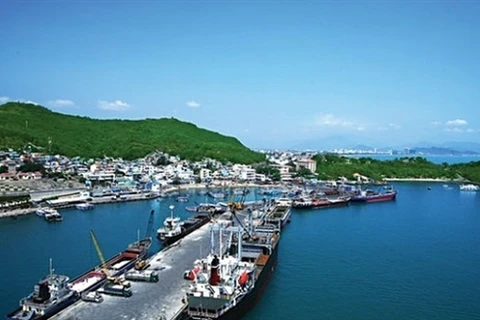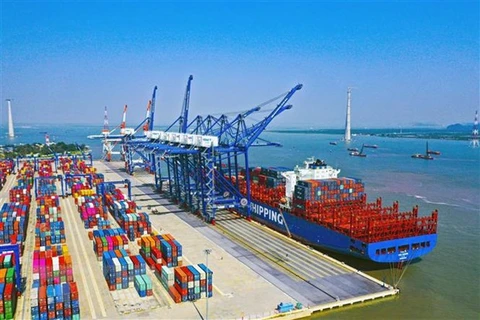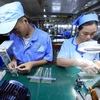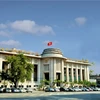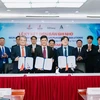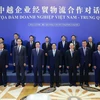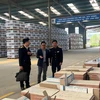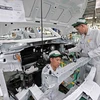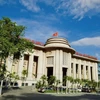Hanoi (VNA) – The volume of cargo going through seaports has been on the increase thanks to free trade agreements (FTAs).
Total throughput of Vietnam’s seaports reached 302.42 million of tonnes in the first five months of the year, excluding goods in transit, a year-on-year rise of 7 percent, according to the Vietnam Maritime Administration.
The volume included 10.33 million TEUs of containers, surging 24 percent in the same period last year.
In May alone, the volume of freights reached 63.94 million tonnes, up 5 percent, while that of container goods 2.2 million TEUs, a year-on-year growth of 35 percent.
Two FTAs with substantial impact on freight volume through seaports are the EU-Vietnam FTA and the Comprehensive and Progressive Agreement for Trans-Pacific Partnership (CPTPP), according to experts.
In addition, an increasing number of deepwater ports helps firms in the sector gain more advantages.
Some businesses have launched new projects to bolster the services. Gemadept Corporation plans to launch two deepwater seaport projects in the southern region in the third and fourth quarters, which are set to be operational in 2023.
The corporation will invest nearly 264 million USD in the two projects, which will have a capacity of 900,000 TEUs and 500,000 TEUs per year, respectively.
Meanwhile, in the north, the Port of Hai Phong JSC plans to transform the Hoang Dieu terminal for commercial use and invest in another deepwater port in the third quarter of this year./.
Total throughput of Vietnam’s seaports reached 302.42 million of tonnes in the first five months of the year, excluding goods in transit, a year-on-year rise of 7 percent, according to the Vietnam Maritime Administration.
The volume included 10.33 million TEUs of containers, surging 24 percent in the same period last year.
In May alone, the volume of freights reached 63.94 million tonnes, up 5 percent, while that of container goods 2.2 million TEUs, a year-on-year growth of 35 percent.
Two FTAs with substantial impact on freight volume through seaports are the EU-Vietnam FTA and the Comprehensive and Progressive Agreement for Trans-Pacific Partnership (CPTPP), according to experts.
In addition, an increasing number of deepwater ports helps firms in the sector gain more advantages.
Some businesses have launched new projects to bolster the services. Gemadept Corporation plans to launch two deepwater seaport projects in the southern region in the third and fourth quarters, which are set to be operational in 2023.
The corporation will invest nearly 264 million USD in the two projects, which will have a capacity of 900,000 TEUs and 500,000 TEUs per year, respectively.
Meanwhile, in the north, the Port of Hai Phong JSC plans to transform the Hoang Dieu terminal for commercial use and invest in another deepwater port in the third quarter of this year./.
VNA


